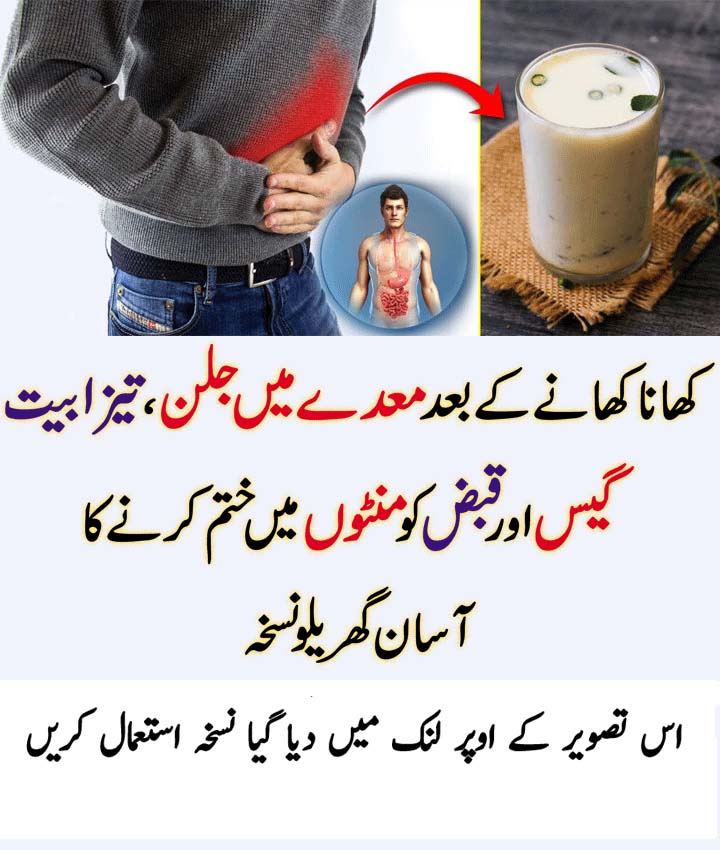A massive breakthrough in the search for a cure for diabetes has been made by researchers who have successfully cured diabetes in mice for the first time using converted human cells to keep the disease at bay. The human stem cell strategy functionally cured the disease in mice for at least nine months and in some cases up to a year, giving hope to the millions of human patients around the world.
Advertisement
The converted cells allowed the mice to rapidly produce enough insulin to break down high blood sugar causing diabetes. Tests saw their sugar levels return to a normal, safe level in as little as two weeks. Around 400 million people globally have diabetes, for which there is currently no cure. People can manage the disease through diet, lifestyle changes, and medication.
Diabetes Treatment by Hameem Muhammad Iqbal
diabetes treatment
Natural Treatment for DIABETES
Fastest Way to Beat Type 2 Diabetes
Scientists at the Washington University School of Medicine in St. Louis revealed on February 24 that they had successfully converted human stem cells into insulin-producing cells and demonstrated in mice infused with the converted cells that they can act as a rapid cure to diabetes.
The research transformed other types of cells into beta-pancreatic cells which produce the insulin hormone needed by the body to break up blood sugar. The findings were published in the journal Nature Biotechnology.
‘These mice had very severe diabetes with blood sugar readings of more than 500 milligrams per deciliter of blood — levels that could be fatal for a person — and when we gave the mice the insulin-secreting cells, within two weeks their blood glucose levels had returned to normal and stayed that way for many months,’ said principal investigator Dr. Jeffrey R. Millman, an assistant professor of medicine and of biomedical engineering at Washington University.
The researchers initially discovered how to convert the cells several years ago but with certain flaws. After conversion, about a quarter of the cells were not insulin-producing but other kinds of beta cells such as liver cells. While not harmful to the mice, these cells went no way to combat the high blood sugar problem or diabetes, making the overall process ineffective.
‘A common problem when you’re trying to transform a human stem cell into an insulin-producing beta cell — or a neuron or a heart cell —is that you also produce other cells that you don’t want,’ Millman explained in a statement from the university.
‘In the case of beta cells, we might get other types of pancreas cells or liver cells. ‘The more off-target cells you get, the less therapeutically relevant cells you have,’ he added.
‘You need about a billion beta cells to cure a person of diabetes. But if a quarter of the cells you make are actually liver cells or other pancreas cells, instead of needing a billion cells, you’ll need 1.25 billion cells. It makes curing the disease 25% more difficult.’
After their initial findings, the research team returned to the cells’ conversion, looking to the internal scaffolding, known as the cytoskeleton, which forms a cell’s shape and allows it to interact with its surrounding environment.
This in turn allows the cell to convert a physical interaction into a biochemical symbol, such as the production of insulin when a beta-pancreatic cell encounters blood sugar. ‘It’s a completely different approach, fundamentally different in the way we go about it,’ Millman continued. dailymail
What causes diabetes?
Diabetes is a general term given to a group of diseases in which there is too much sugar in the blood Blood sugar, otherwise known as blood glucose, is the body’s main source of energy and comes from the food you eat.
Insulin is a hormone made by cells in the pancreas that breaks up sugar in the blood and allows it to be used by cells for energy. Diabetes is the condition that prevents the body’s ability to effectively process this blood glucose.
The buildup of sugars in the blood can lead to stroke and heart disease. The disease was thought to be incurable. Patients can use insulin injections or change their lifestyles to lessen the disease risk



